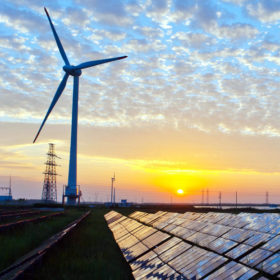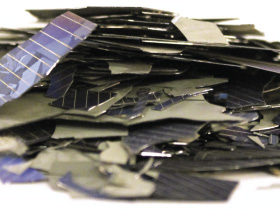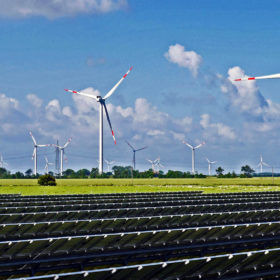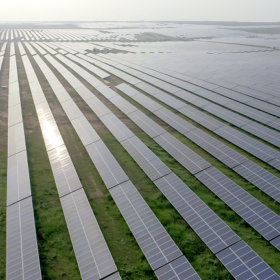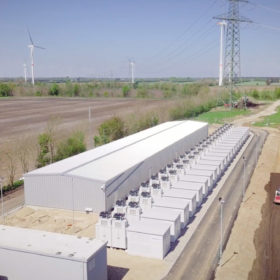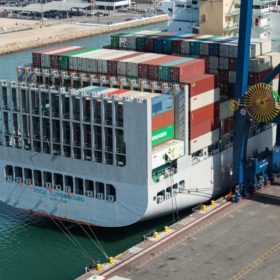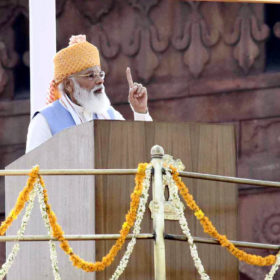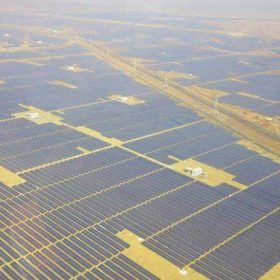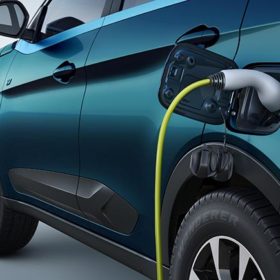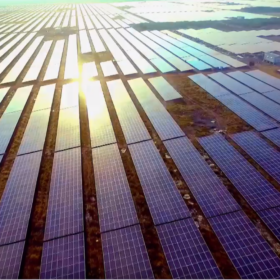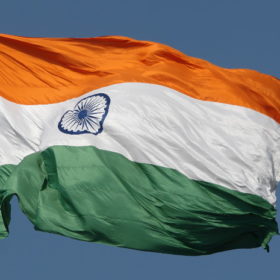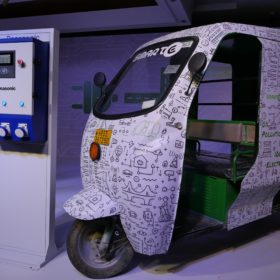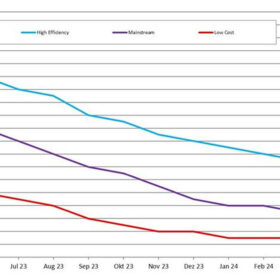Proposed power market reforms could reduce renewable energy costs further
A new IEEFA note discusses the impact of the proposed market-based economic dispatch mechanism for procuring bulk power, and regulations for frequency control ancillary services.
New solar addition may generate 21 kilotonnes of PV module waste by 2030
India’s solar capacity growth up to 2030 also means the generation of a significant mass of PV module waste due to early failures or damages during transportation, installation, and operation. The waste generation could be 21 kilotonnes assuming India’s cumulative installed PV capacity grows to 287.4 GW by 2030 from 40 GW in 2020. This doesn’t include end-of-life panel waste as PV systems installed between 2020-30 are assumed to have at least 30 years of lifetime.
Responsible land-use for solar, wind plants could smooth the path for India’s energy transition
India will require large swaths of land for the huge expansion of renewable energy capacity over the coming decades. The energy transition requires planning for proper siting of these plants and solutions like agrivoltaics, distributed energy systems, and offshore wind to reduce land-use conflicts.
ICRA assigns stable outlook to India’s renewable energy sector
The outlook is supported by a strong project pipeline, competitive tariffs, and continued policy support. The demand outlook for domestic solar module manufacturers also remains favorable.
The potential for grid-scale energy storage in India
A new study provides a first-of-its-kind assessment of grid-scale energy storage deployment in India both in the near term and the long term. The researchers conducted scenarios-based capacity expansion modeling to assess when, where and how much energy storage can be cost-effectively deployed in India through 2050. In all scenarios, energy storage was found to play a significant role in India’s power system.
Solar modules are being detained by US customs agents, reports suggest
An order issued in late June instructed US customs agents to detain solar shipments containing silica-based products sourced from a Chinese firm and its subsidiaries. Three solar players may already have been impacted.
Prime minister Narendra Modi announces National Hydrogen Mission
The prime minister said green hydrogen would play a significant role in achieving India’s decarbonization goals. He also announced the nation’s ambitions to become a global hub for green hydrogen production and export.
Solar parks get off to a good start in India, but challenges remain
Large-scale solar parks will be key to India’s transition to clean and green energy. Such parks are already being built or planned in States like Gujarat, Karnataka, Madhya Pradesh, Rajasthan, and Uttar Pradesh. However, there is still scope for forward-looking and well-aligned policies across States to make the most of this global phenomenon.
Local solar will lead the energy transformation over the next five years
The adoption of local, community-based energy solutions like rooftop solar and batteries can help make the energy grid more flexible and reliable. Home solar and batteries will enable the growth of ‘prosumers’ who produce and share energy, as well as consume it.
Electric vehicles account for 1% of overall vehicles annually sold in India
The government provides subsidy support under the Faster Adoption and Manufacturing of (Hybrid) and Electric Vehicles (FAME) scheme and reduced taxation rates to promote EV uptake in India. Purchase of 3,61,000 EVs with incentives cumulating to about INR 600 crore has been supported to date under the FAME Scheme.
